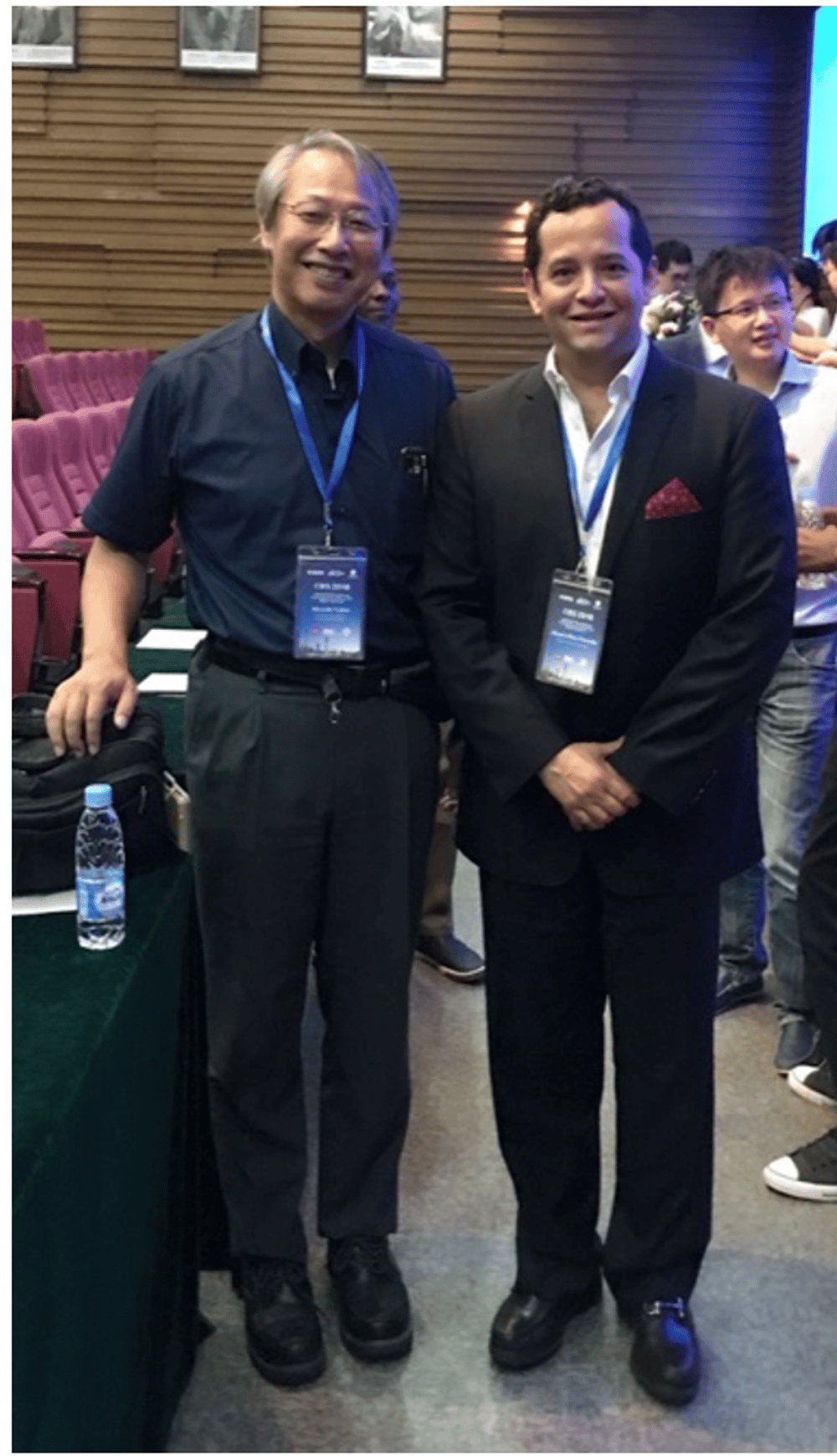Introduction
Due to his dream of improve the quality life of people with disabilities and passion for developing affordable and high-functioning prostheses, Ríos has joined with one of the leading experts in the field of prostheses development, Doctor Hiroshi Yokoi (Japanese), to develop a practical and high-quality solution for the millions of amputees worldwide. Professor Ríos and Doctor Yokoi have formed a world-class research and development team of more than 15 experts in biomedical research. This International Multidisciplinary Team (IMT) works towards the realization of one dream: to create the most advanced upper limb prosthesis in the world and make it easily accessible to amputees worldwide.

Objetive
The main objective of this project is to research and develop Bionic systems that will establish the future cyborg technology necessary for providing accessible, high quality, and affordable prostheses to all those worldwide with amputations of the upper arm, hand, or fingers. The technology developed in this project represents a cut in production cost of over 40% in comparison to similar prosthetic devices. This lower production cost is feasible thanks to the experience and technological development that Professor Ríos and Doctor Yokoi have amassed over the past twenty years, with a combined experience of more than 60 years in the field of Bionic systems. Based on the fusion of its technological developments (including AI, control systems, sensors, actuators, robotics, and mechanisms), it is expected for this project to have a commercial solution for patients with congenital malformations very soon and another commercial solution accessible to amputees and children available shortly thereafter. These two populations represent the majority of the amputee base globally.
Background
For several years, the IMT members have developed various technologies that reflect the fulfillment of this project’s objectives. The most relevant advances to date are: 1997: Professor Ríos developed a prosthetic system accessible to those in developing countries that allows patients greater functionality (1996). This prosthesis feedback system was first presented at the 1997 World Biomedical Engineering Congress in Nice, France. (Microcontroller system for myolectric prosthesis with sensory feedback. A. Rios Poveda, World Congress on Medical Physics and Biomedical Engineering: XVIII) 2002: Development of surface FES system. Sensory Feedback FES for EMG Prosthetic Hand. 2003: Dr. Yokoi, Brain machine interface for controlling prosthetic hand. fMRI studies concerning the human reaction. Synergy Effect for All Body motion. (Figure 1)
Add a description here.
Follow Us
Add a subtitle here.
